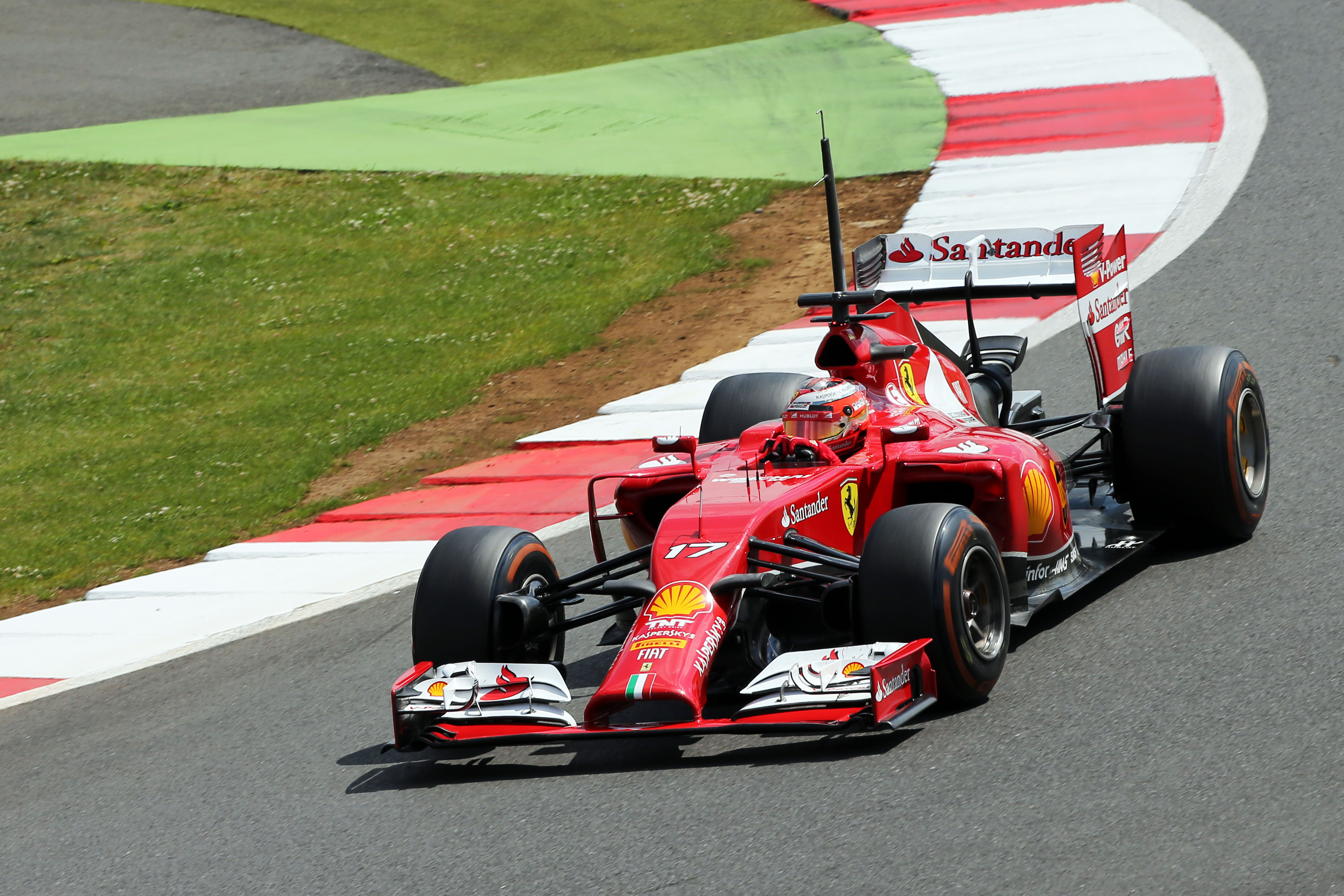It has now been ten years for the reason that unhappy, and in hindsight tragic, 2014 Japanese Grand Prix. A race that, regardless of being distant in time, nonetheless feels very shut and vivid within the reminiscences of followers and people concerned within the sport, with the rain on the Suzuka observe, the beginning behind the protection automotive, the pink flag, and the await Jules Bianchi’s Marussia to return to the pit. Sadly, that return by no means occurred because of the finally deadly crash of automotive quantity 17 towards a restoration car that had entered the observe to retrieve Adrian Sutil’s Sauber, which had gone off at Dunlop Curve. It was some of the tragic days within the historical past of the game, but when analyzed cynically, it additionally marked a turning level within the security of a sport that, since Imola 1994, had been pressured to confront dying as soon as once more.
Since then, Method 1 has been compelled to take motion and introduce modifications to maximise driver security on the observe. Many errors have been made within the administration of that race, as for the restoration of Adrian Sutil’s Sauber, the race marshals determined to carry a crane onto the observe to elevate the automotive, all whereas underneath a double yellow flag imposed by Race Management, with out deploying the protection automotive. Jules Bianchi, after dropping management on the identical spot, collided with the crane, ending up beneath it and struggling deadly decelerations. A sequence of unfavorable occasions led to this tragic end result, after which the FIA and Method 1 instantly took steps to enhance security on the observe, particularly in tough, hostile situations.
The primary important change was the introduction of the Digital Security Automotive in 2015 (after some exams in 2014). Not like the normal security automotive, this technique doesn’t require the protection automotive to enter the observe however as an alternative imposes a lap time restrict on drivers to keep up positions and gaps whereas controlling pace throughout potential hazard. The VSC is often deployed by Race Management in case of particles on the observe or accidents that don’t require a pink flag or full security automotive deployment. It’s a compromise to make sure security with out considerably slowing or altering the race.
Moreover, following the influence of Jules Bianchi’s Marussia towards the crane, the FIA started learning an answer to guard the one uncovered a part of the motive force within the automotive: the pinnacle. To this finish, regardless of fierce controversy, the Halo was launched, a titanium safety system consisting of a curved bar positioned above the motive force’s head, which has been made necessary on F1, F2, and Method E automobiles and regularly in decrease classes as nicely. Within the years following its introduction, the Halo has contributed to saving drivers from doubtlessly critical or deadly accidents. A sequence of measures, due to this fact, have tangibly improved driver security. Regardless of this progress, the journey doesn’t cease: yearly, the GPDA, FIA, and FOM work to seek out options and areas for enchancment, each by way of automotive design and, maybe extra importantly, in managing controversial and harmful conditions throughout all race occasions.




